The Russia Metal Forging Market is a dynamic sector characterized by its robust industrial framework and a growing demand for high-quality forged products in various applications. The market landscape is shaped by several key players who contribute to innovation and competition, responding to the evolving needs of end-users while navigating economic and regulatory challenges.
Understanding the competitive dynamics in this market involves analyzing not only the market share and positioning of different companies but also their strategies in terms of product development, technological advancements, and customer relationships. The geographical, economic, and political contexts of Russia further influence market growth and competition as companies strive to enhance operational efficiency.
Belon has established a significant footprint in the Russia Metal Forging Market, leveraging its extensive experience and technical expertise to deliver high-quality forged products. The company's strength lies in its ability to meet diverse customer requirements across various sectors, positioning itself as a reliable partner for national and international clients.
Belon's focus on research and development ensures a continuous improvement of its manufacturing processes, thereby enhancing product quality and reducing lead times. Additionally, the company's commitment to sustainability and efficient resource management resonates well in the market, allowing it to retain a competitive edge.
OMK plays a pivotal role in the Russia Metal Forging Market, known for its comprehensive range of products that cater to different industrial sectors. The company specializes in producing high-quality forged components, including pipes, valves, and fittings, which are essential for the oil and gas industry. OMK excels in delivering customizable solutions.
With a strong market presence bolstered by advanced manufacturing techniques and state-of-the-art production facilities, OMK's significant investments in research and development enable continual innovation. Furthermore, OMK's strategic mergers and acquisitions have facilitated expansion and diversification, positioning it as a formidable competitor in the Russian metal forging landscape.


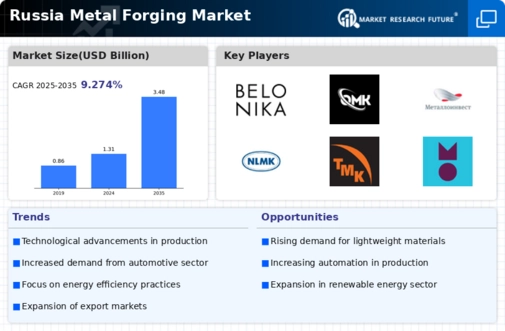
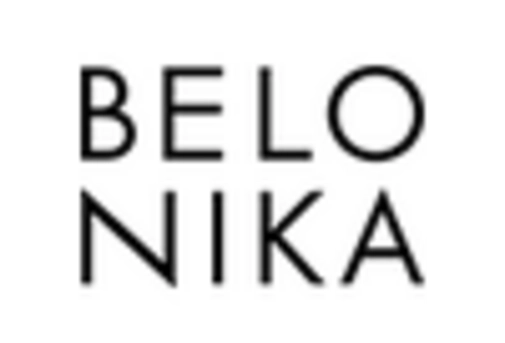
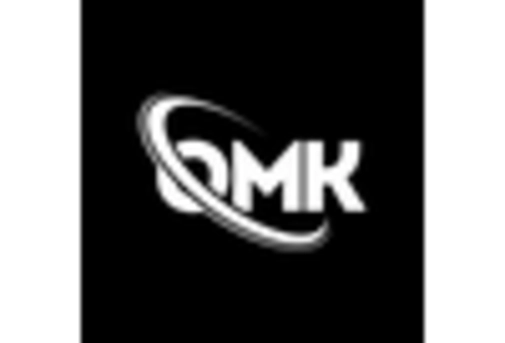
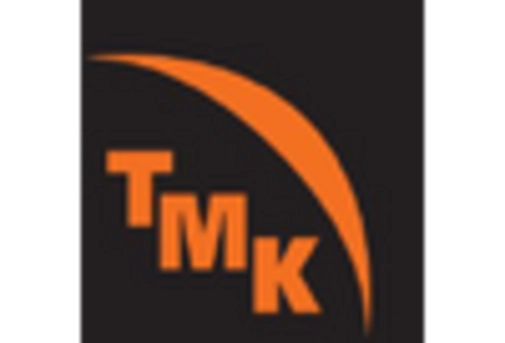


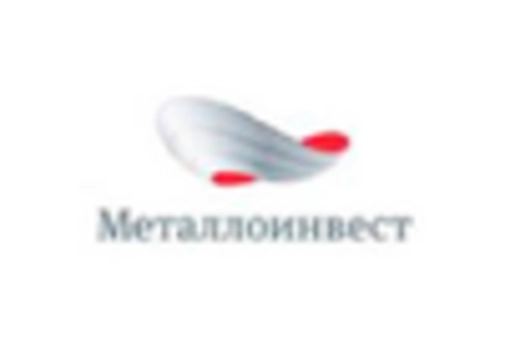
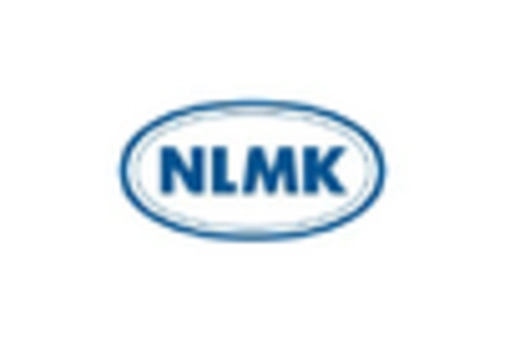








Leave a Comment